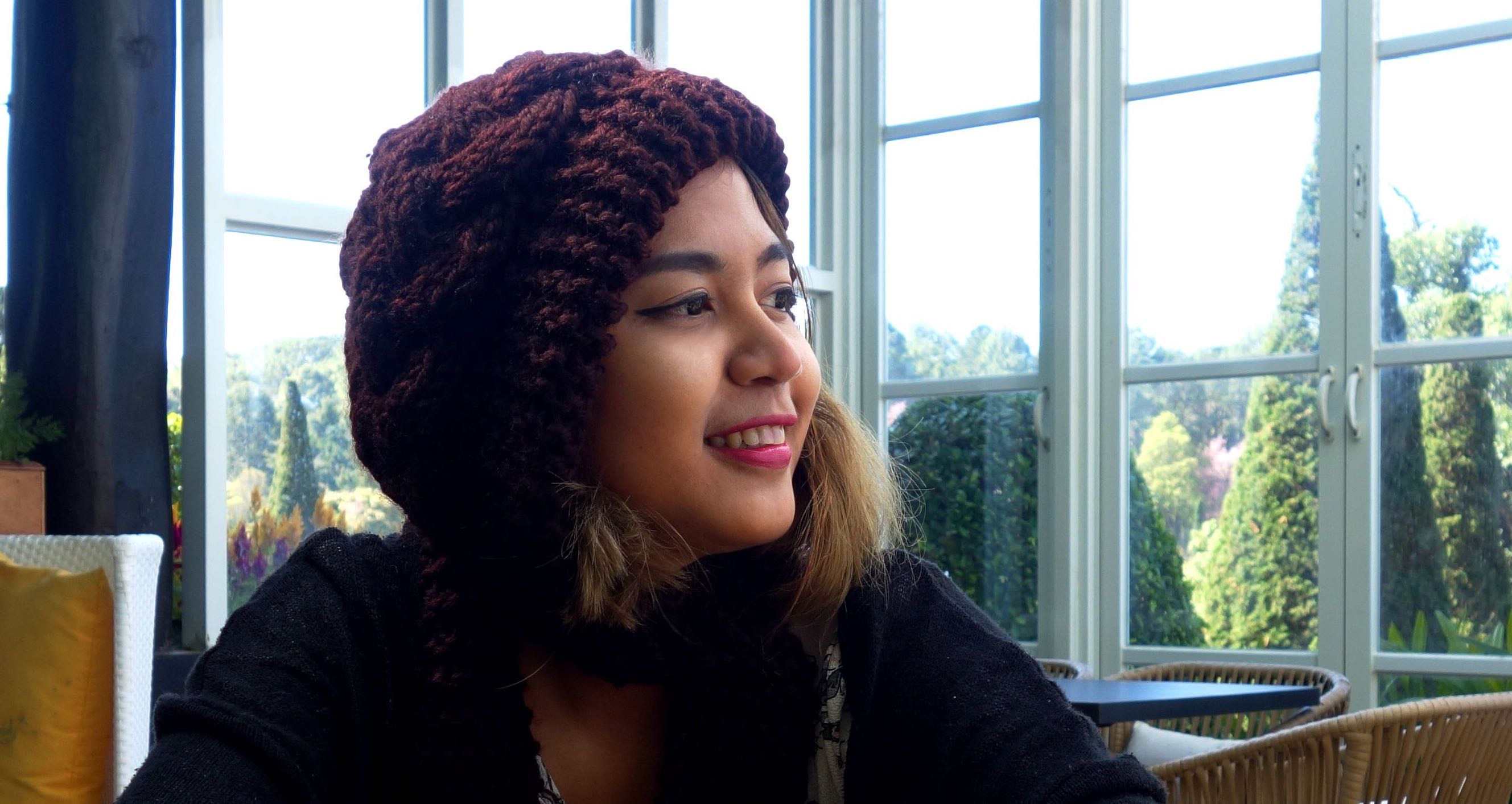Interjection “Aww,” Different meaning in Burmese

The Interjection “Aww”
I was once reading a poem that my local friend posted on Facebook and I felt like it’s a cute idea that he wrote about. He speaks fluent English and the poem is all in English.
So I commented “aww…” under his status to say it’s so sweet but he was not quite happy with that because he thought I did not believe what he said in the poem and that I was making an irony.
For him it sounded like “Is that so?”.
I immediately realized that I was not careful in the word choice and that can be a bias in our language. We have a very different meaning in using the interjection “aww”.
Interjection “Aww” in English is used when someone wants to express the cuteness/sweetness of an idea or of a thing.
In Burmese, we exclaim “aww” in the situation while receiving new information or we are uncertain of an idea but agreeing anyway” or “when the information is a bit different with what we know ”.
It means something like “Oh, is that what happened?” “I have just learned from you” “what I knew is different” or “it’s new to me”, etc.
While speaking, we can see the expression of faces, the tone that is used is different, etc. But in written language, it’s only the words so we need to be extra careful.
Some examples for using “aww” in Burmese:
Aww… hote lar? (Oh, is that so?)
Aww.. Thi Be, Thi Be (I see, I see)
Aww.. A Di Lo Go (I have just realized)
See you in next posts!


Hi Win Thant,
Thank you for providing valuable advice regarding your beautiful, but at first glance also very complicated, language ☺️
I am currently on vacation in Myanmar and came across your blog when googling „how to say thank you in Burmese“.
I’ve only just arrived in Yangon this morning and so far I’ve asked the cab driver, the hotel receptionist and a pharmacy sales woman how to say thank you in Burmese and I swear I got 3 very different answers to my question. Maybe they were using different versions, like you explained, or they had different dialects? Either way, I’m struggling with the correct intonation as well as the pronunciation…
Anyway, I’ll practice the most formal version of the phrase and hopefully by the time I’ll leave again in a couple of weeks, I’ll have it down pat 🙂
In the meantime it would be really great if you could give me the least complicated versions of „Hi“, „Bye“ and „see you later“- that‘s if you get around to it sometime .
Thanks in advance and best regards,
Kat
Thanks Kat! I hope you had an enjoyable trip in Myanmar.
I will try to get to the “Hi” “Bye” and “See you later” in another topic. I was lost in daily jobs these days…LOL
But generally, most foreigner says “Mingalarbar” for “Hi” where most Burmese greet “hey + name” or “name” directly to start a conversation or just with a simple smile! “Tattar/tata” means bye and “Pyan Tway. Mel Naw” means “see you later” but “see you later” is not frequently said. Instead, locals usually say “Thwarr Tot Mel Naw” which means “I’m going/leaving soon.” before “bye”. I will try to add audio files later.
Hope it helps a bit!
All the best,
Win Thant